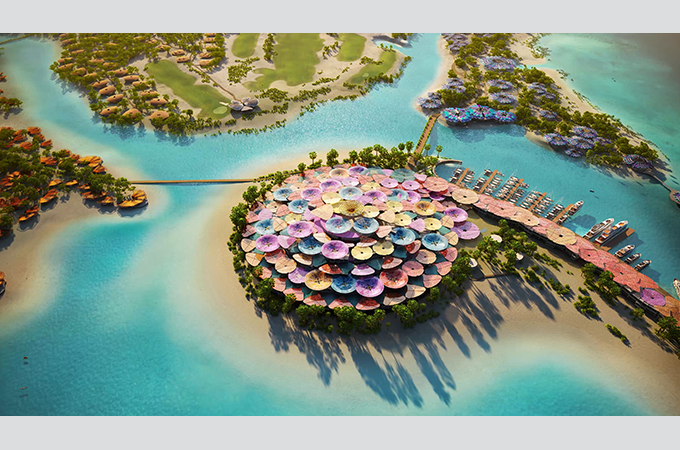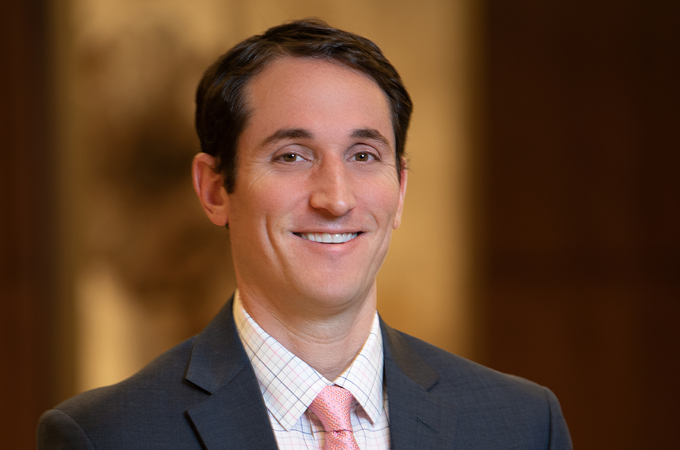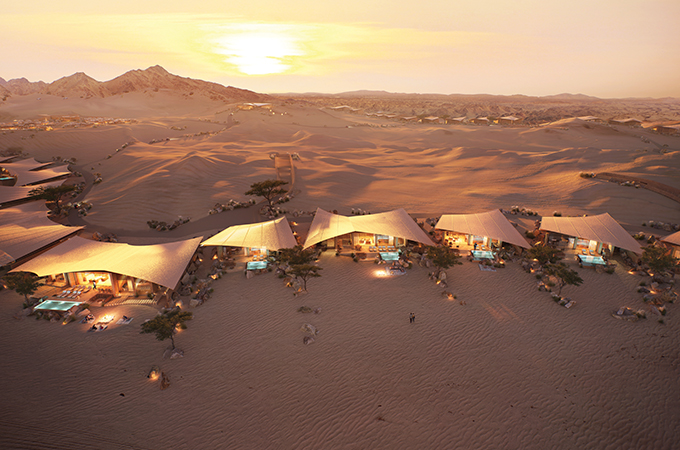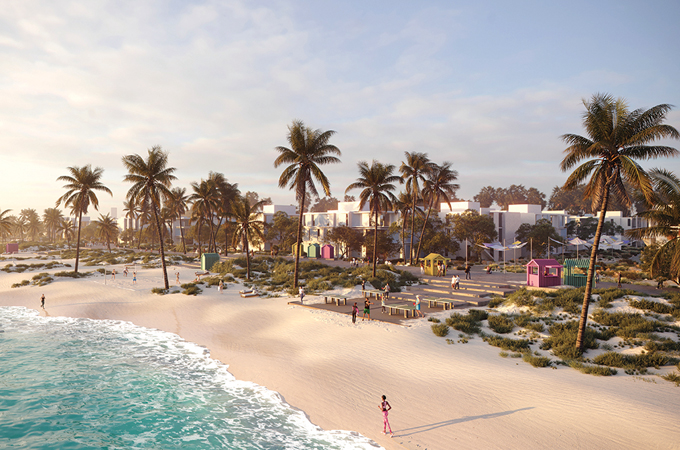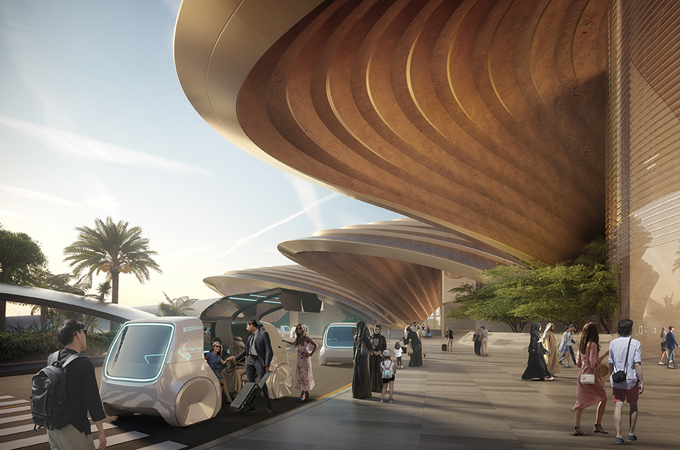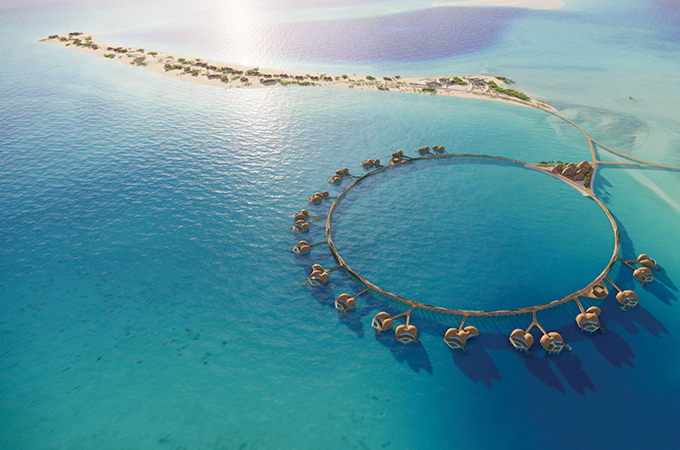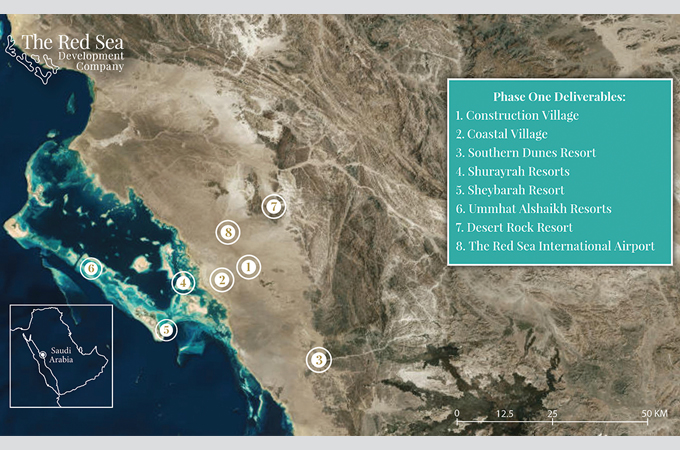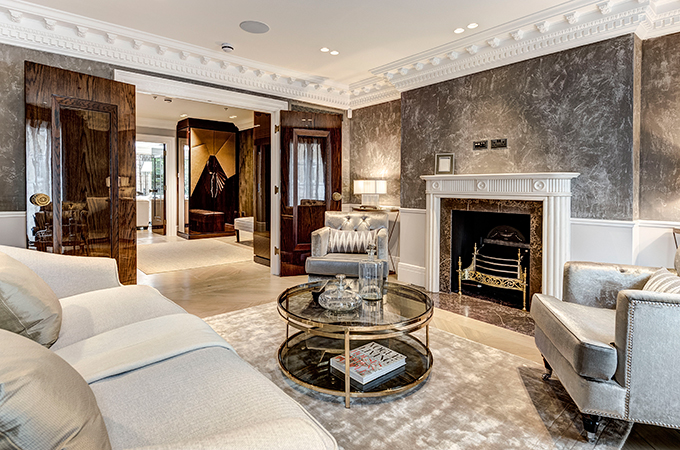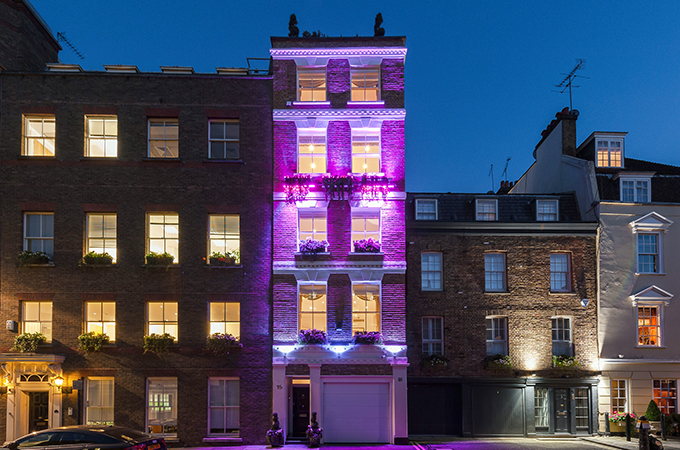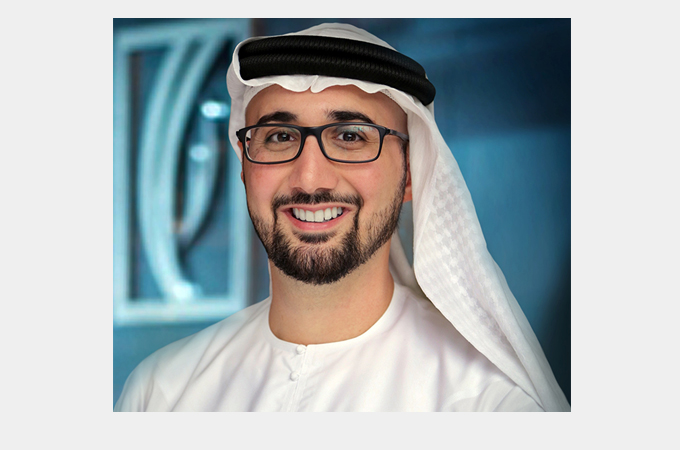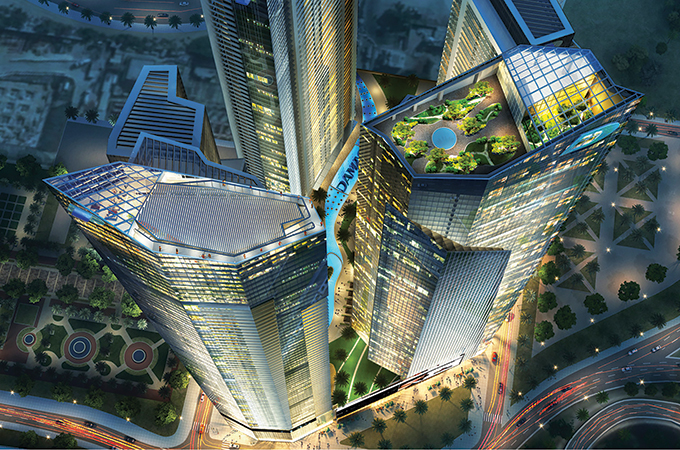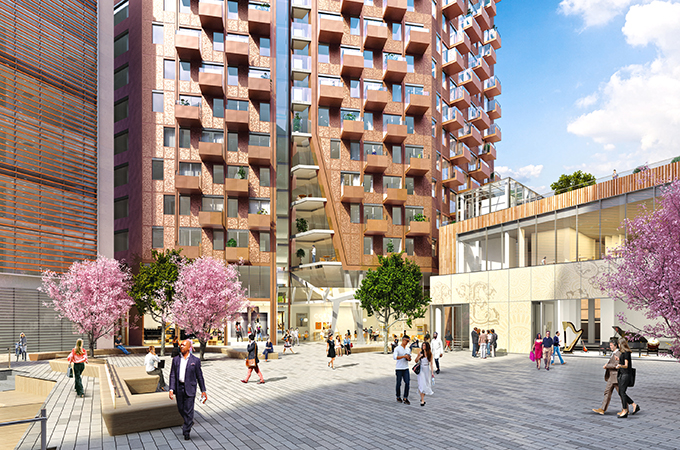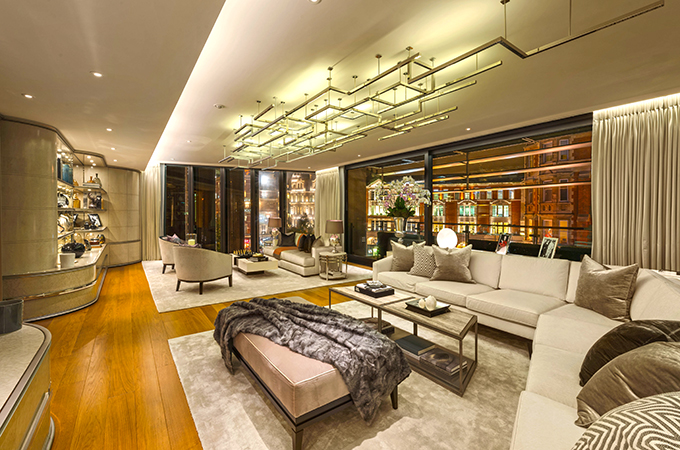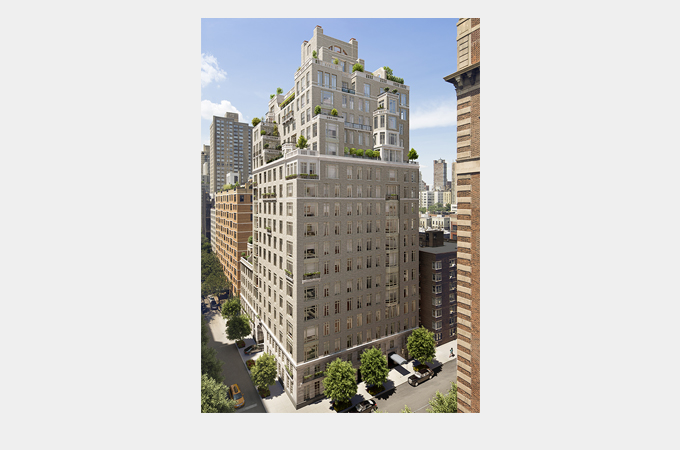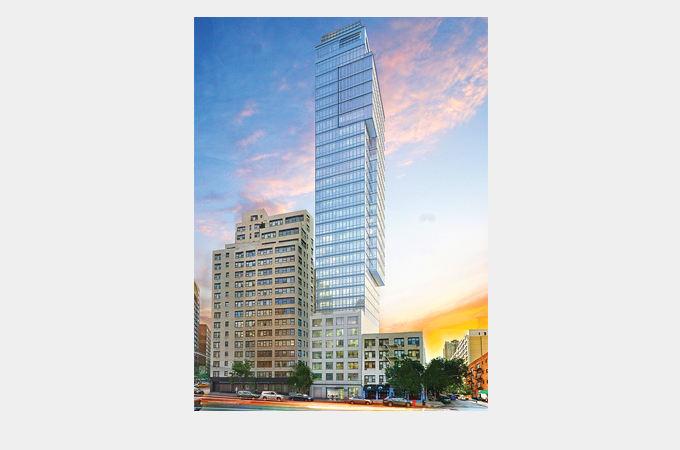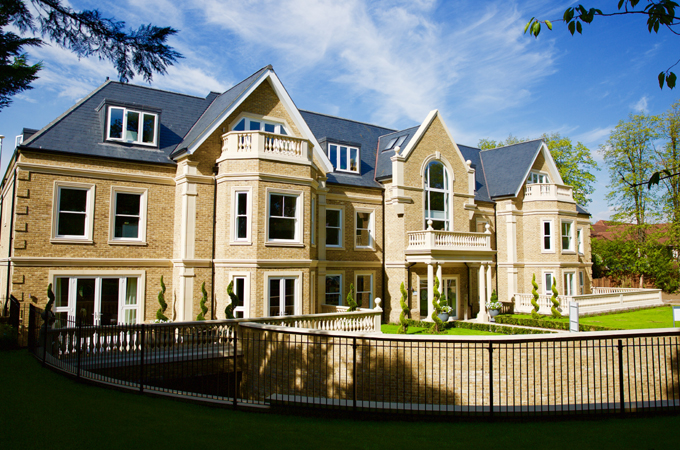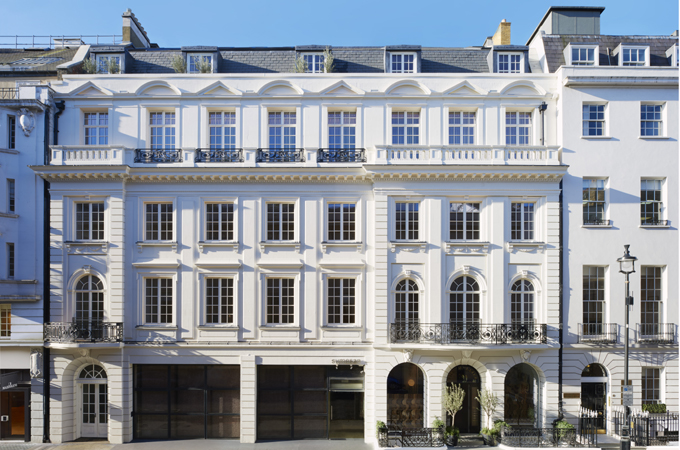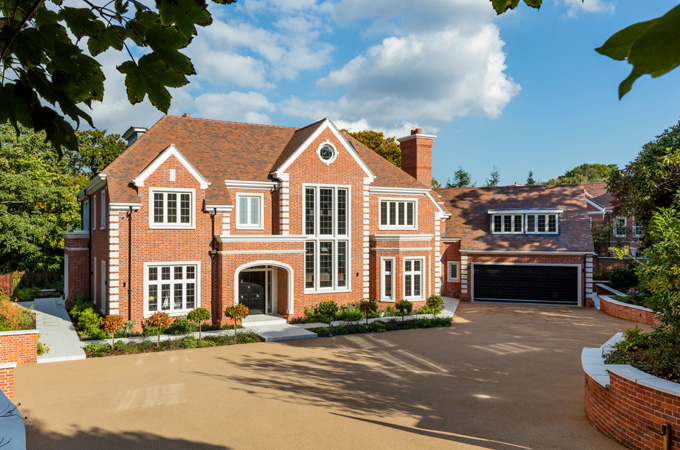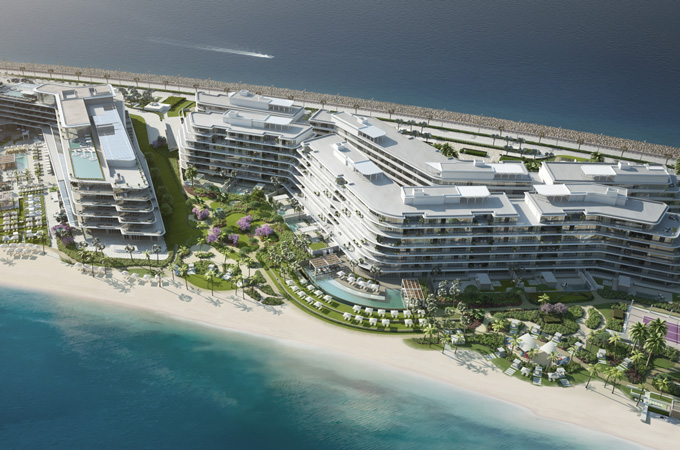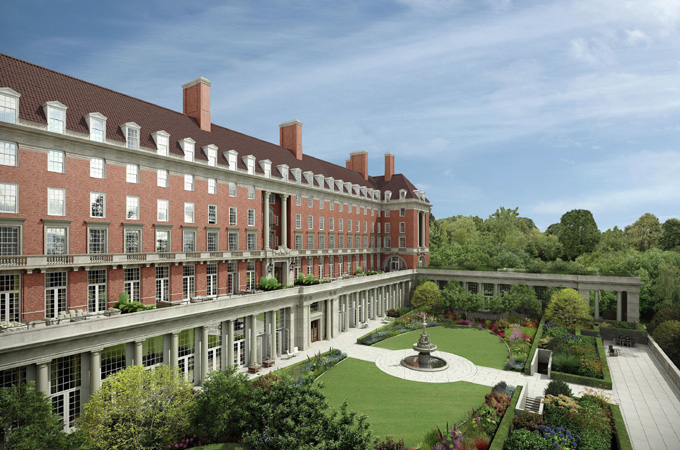Spring / Summer 2021
Saudi Arabia’s The Red Sea Project is set to welcome one million visitors each year once it’s fully completed in 2030. The project, home to some of the world’s most delicate ecosystems and unique landscapes, will offer sustainable, authentic experiences that appeal to the discerning modern luxury traveller
Spanning a 28,000-sq-km area, almost the size of Belgium, the project is home to some of the world’s most delicate ecosystems and unique landscapes.
“Providing guests with an unparalleled travel experience, The Red Sea Project will introduce visitors from across the world to the unique beauty, biodiversity, history and culture of this largely undiscovered region,” says Jay Rosen, Chief Financial & Investment Officer of The Red Sea Development Company (TRSDC), in an exclusive interview with Arabian Knight’s Bina Goveas and Sree Bhat.
“The potential for The Red Sea Project to transform the tourism industry in Saudi Arabia and the wider region can’t be understated. At The Red Sea Development Company, our vision for the destination is based on taking a fresh look at what luxury travellers are searching for – and acknowledging that now more than ever, sustainable, authentic experiences are what appeals to the discerning modern traveller,” he says.
“The project is founded on a philosophy of environmental regeneration and our intention is to leave the natural environment in a better state than we found it,” he declares.
Excerpts from the interview:
What was the thought behind choosing this location for the massive development? What are the key advantages of this location?
The location of The Red Sea Project is without a doubt its greatest asset. We know that the allure of the destination lies in its natural beauty, unique biodiversity and history, so protecting this is our greatest priority. With an archipelago of more than 90 pristine islands, mountain canyons, dormant volcanoes, sweeping desert dunes and ancient heritage sites, the geographical diversity is unparalleled.
The biodiversity present in The Red Sea Project, both on land and at sea, is truly unrivalled. Home to numerous endangered species, like the native Hawksbill Turtle, there are few places on Earth with such diversity.
The destination’s location also lends itself particularly well to welcoming local and international visitors. Ideally located 500 km north of Jeddah at the crossroads of Europe, Africa, Asia and the Middle East, The Red Sea Project is within three hours flying time of 250 million people and 80 per cent of the world’s population are within an eight-hour flight. As we look to attract visitors from the region and further afield, this makes the area ideal for this new tourism hotspot.
Which markets will the project serve?
The project is designed to attract leisure visitors from across the world. We currently anticipate that around 50 per cent of our guests will be from Saudi Arabia and the wider GCC, with the remaining 50 per cent from other countries. This is an exciting prospect and we’re looking forward to introducing many first-time visitors to the natural wonders and the warm hospitality associated with region.
What are the expected numbers in terms of investment, visitors, spend by visitors, etc once the project starts receiving guests?
Significant investment has already been committed to The Red Sea Project’s development, with construction well under way. The first phase of development is progressing to schedule and we are looking forward to welcoming our first guests by the end of 2022 as planned. Once fully completed in 2030, The Red Sea Project is set to welcome one million visitors each year and, for TRSDC, managing visitor numbers in a way that respects and preserves the natural environment is a priority. As such, we’re working to put policies in place that ensure every guest enjoys an authentic barefoot luxury experience, whilst avoiding over-tourism at the destination.
By current projections, the contribution of tourism to the GDP of Saudi Arabia will be 10 per cent by 2030 (compared to the 3 per cent now), and with The Red Sea Project set to contribute SR22 billion ($5.8 billion) to Saudi GDP per year from 2030 onwards, the destination will be instrumental in attracting a significant portion of this visitor spend. Furthermore, with the project predicted to employ around 70,000 people (35,000 directly and 35,000 indirectly and through induced jobs), the impact on the local economy will be significant.
What kind of investment opportunities does the giga-project offer to Saudi, regional and international investors?
The Red Sea Project represents a significant investment opportunity, for domestic, regional and international investors. A central pillar of the Kingdom’s Vision 2030 plan to diversify the Saudi economy, the destination is an attractive investment prospect. Touching sectors from construction and tourism management, through to technology and environmental science, the sheer scope of the destination means that it presents significant investment opportunities across a range of industries.
With some SR15 billion ($4 billion) in funds already committed, the project is well on its way to welcoming its first visitors from 2022 onwards. Of the 500+ contracts signed to date, approximately 75 per cent of the total value has been awarded to Saudi firms, signalling the business’ continued investment in boosting the domestic economy.
TRSDC recently completed its largest contract award to date to power the destination solely by 100 per cent renewable energy 24 hours a day via solar and wind power. Financed by Saudi and international banks through a consortium led by Acwa Power, the agreement marked a significant new milestone in external investment in the project and signals the growing interest from global investors in the destination.
What are some of the incentives offered to investors in these projects?
In the past few years, the Kingdom of Saudi Arabia has opened up to international visitors like never before. With the introduction of e-visas, festivals and sports events, people are visiting this untouched corner of the world for the first time. The main incentive for investors is the largely untapped potential of tourism (in one of the wealthiest countries in the world). The market is ripe for growth and investors are attracted to the potential opportunities this underdeveloped tourism market can offer.
Within the tourism sector, we know that there is appetite both domestically and internationally for a project of this scale. It is well known that Saudis like to travel, something they previously did outside the Kingdom. Now, they will be able to take advantage of world-class amenities on their doorstep. And international travellers will not only be attracted to the same but will also benefit from the destination being part of a Special Economic Zone that will permit more relaxed social rules within its boundaries compared to the wider Kingdom in addition to providing a regulatory framework created to encourage investment opportunities and investment activities.
With arrivals to the destination predicted to reach one million annually and the tourism industry in the country set to grow to around 10 per cent of domestic GDP, this is a project full of possibility and one that is attracting a growing number of investors. Particularly acknowledging the travel industry’s growing focus on sustainability, TRSDC is leading the way in regenerative tourism and offers investors an opportunity to be a part of a project that is forward-thinking and responding to changing traveller demands.
The Red Sea Development Company has already invested billions in supporting infrastructure to enable the destination.
The project is expected to have luxury residential properties and commercial, retail and recreational facilities. Will these be open for investment by other developers?
The first phase of project development will be completed entirely by The Red Sea Development Company. This is in order to ensure that all development is undertaken according to our incredibly high sustainability standards for the destination. We wouldn’t want any part of the pristine area to be built upon to specifications that don’t match our own.
However, we are open to partnering with other investors and developers who share our visions and our values. For example, our recent agreement with a consortium led by Acwa Power – who will develop the utilities’ provision for the project – is an example of where we have formed a partnership with another trusted organisation.
Investment opportunities vary, from joint venture opportunities for commercial assets across all areas of development, from hotels and residential property, to concessions for smart technology and critical infrastructure. Early investors are likely to benefit from attractive returns from this emerging sector in a proven market.
Beyond infrastructure, our goal is to create a unique and memorable experience for guests while staying true to our vision. That’s why we’re working with world leading architects, planning a range of residential properties and leisure facilities, including over-water ‘floating’ villas that redefine the boundaries of luxury accommodation. These buildings have been designed to be embedded in the natural environment to ensure complete harmony between the destination and the land. Our partners understand our desire to set new standards in regenerative tourism.
What are some of the key features of these projects? When will these be open for investment? Will they be open for global investors?
The Red Sea Project has already made significant progress and has committed over SR15 billion to date and is in the final stages of securing a SR14 billion credit facility to round out the capital structure for the initial phase. In a project of this size and scope, there continues to be a wide range of opportunities for investment, from construction to sustainable infrastructure and beyond. One of the biggest development opportunities currently available to global investors is the commercial assets on site, namely hotels. We recently announced that construction had begun on our hotels with the award of two contracts to companies who will support structural work on Ummahat Al Shayk Island and the Southern Dunes. In addition, there are an array of commercial amenities that offer opportunities to invest including retail, golf and wellness, as well as the marina and yacht facilities. There will also be residential investment opportunities within our Coastal Village and more generally, our civic infrastructure like hospitals and schools.
The project is expected to set new sustainable standards. Please elaborate on how this will be achieved?
Setting new standards in sustainability is at the heart of The Red Sea Project and at TRSDC. We are taking a new approach to sustainable development, focusing on environmental regeneration. The aim is for our presence in the region to not just avoid harm, but to actively enhance the natural environment, regenerating the area environmentally, socially and economically. One of our central commitments is delivering a 30 per cent net conservation benefit by 2040.
This commitment and many of our environmental policies were enabled by an ambitious marine spatial planning (MSP) exercise, undertaken at the outset of the project’s conception to inform the project master plan. Working with experts to map the marine area of the project, we were able to identify areas of high conservation priority, designating nine islands in our archipelago as high priority conservation sites and leaving 75 per cent of the 90 plus islands untouched.
At TRSDC, we want to go above and beyond when it comes to sustainability, leading the way not just for the region, but globally. That’s why we’ve stated our ambition to become fully reliant on renewable energy – recently signing our largest contract to date and our first ever PPP, to power the destination’s utilities infrastructure solely by renewable energy. We’re also building the world’s largest battery storage facility which will allow the project to function entirely off-grid (representing a saving in CO2 emissions to the atmosphere of round 470,000 tons per year).
We’ve also committed to a number of additional initiatives that we believe are critical in creating a truly sustainable tourism destination. For one, we’re committing to send zero waste to landfill and implementing a full ban on single-use plastics once the destination is operational. Likewise, our approach to sustainability extends to construction and development, as we commit to using less intrusive construction methods such as off-site manufacturing (OSM) to build our destination. We are also currently using innovative ‘green concrete’ to progress construction on site, reducing our carbon footprint significantly, as well as committing to achieving LEED Gold and Platinum building standards for all assets.
There are 90-plus pristine islands around the project. How many of them will be developed in the first phase? What type of projects will come up on these? Will the islands be offered to other private parties to develop?
Our island archipelago is one of The Red Sea Project’s most special elements and one we’re committed to protecting and regenerating. As mentioned, we’re leaving 75 per cent of the islands untouched for conservation purposes, and will only develop resorts, residential, leisure and commercial offerings on the remaining 22 islands.
Given our commitment to regenerative sustainability, we would only offer development as a joint venture and we are open to working with those who share our same values, which is why we have introduced our Supplier Code of Conduct to ensure all our partners meet our strict set of criteria.
It has been reported that Phase One of the project is expected to see 16 luxury and hyper-luxury hotels. Who are developing these hotels and when will they be completed? Any deals with major hotel operators signed for the projects?
The Red Sea Project has already passed significant milestones and work is on track to welcome the first guests by the end of 2022, when the international airport and the first four hotels will open. The remaining 12 hotels planned in Phase One will open in 2023 at which point the destination will offer 3,000 rooms across five islands and two inland sites.
On completion in 2030, the destination will deliver a total of 50 hotels, with up to 8,000 hotel rooms and around 1,300 residential properties across 22 of The Red Sea Project’s pristine islands and six inland sites.
With regards to future deals, we are currently in discussions with a number of major international hotel providers and have signed Letters of Intent (LOIs) with them. We will formally announce our hotel partners later in 2021.
It is said that the destination will be underpinned by an extensive smart digital destination management system. Please elaborate on what guests and investors can expect in this regard.
We believe that innovation and technology are crucial to delivering special and unique experiences to our guests, many of whom will be visiting Saudi Arabia for the first time. First and foremost, we’re using smart technology to boost our sustainability capabilities and pursue a regenerative approach to tourism. Alongside the MSP exercise that informed our destination planning strategy, we’re also working on new technologies such as 3D coral printing and coral farming processes to boost coral populations and investigating suitable carbon sequestration techniques to implement that will help us reduce our overall carbon footprint.
As we develop, we’re also using new technology to boost efficiency and creativity. We’ve developed a Digital Twin of the destination to allow investors and prospective guests to view our destination in virtual 3D, from the hotels and apartments to the landscape and nature surrounding it. We also plan to use AI-based 3D simulations to inform urban planning and emergency evacuation procedures and will be gathering real-time IoT data, once operational, to help management staff efficiently carry out facility management activities.
As we prepare to welcome guests, we’re also looking at a number of innovative technologies to help enhance the visitor experience. From investing in automated and electric vehicles to using innovative climate control methods at our international airport, our aim is to create a new type of barefoot luxury experience.



